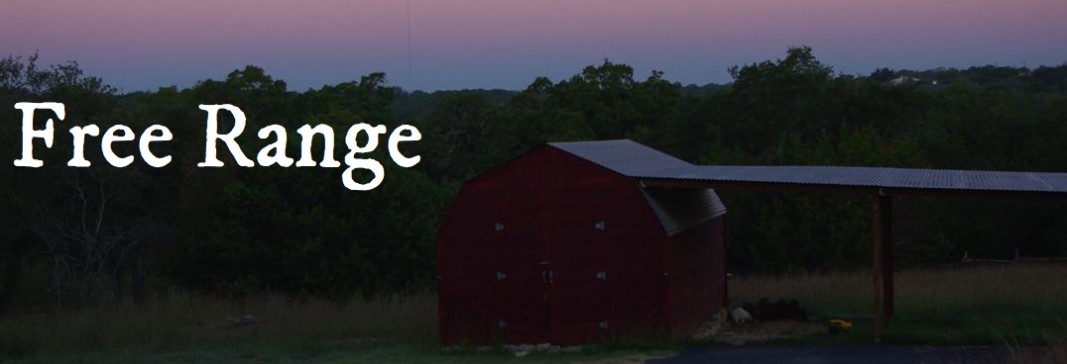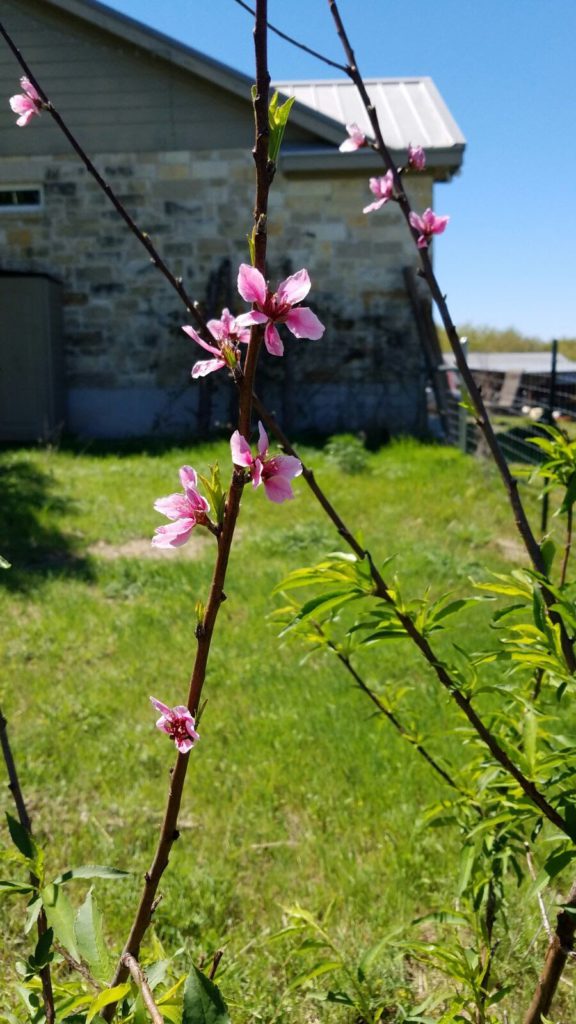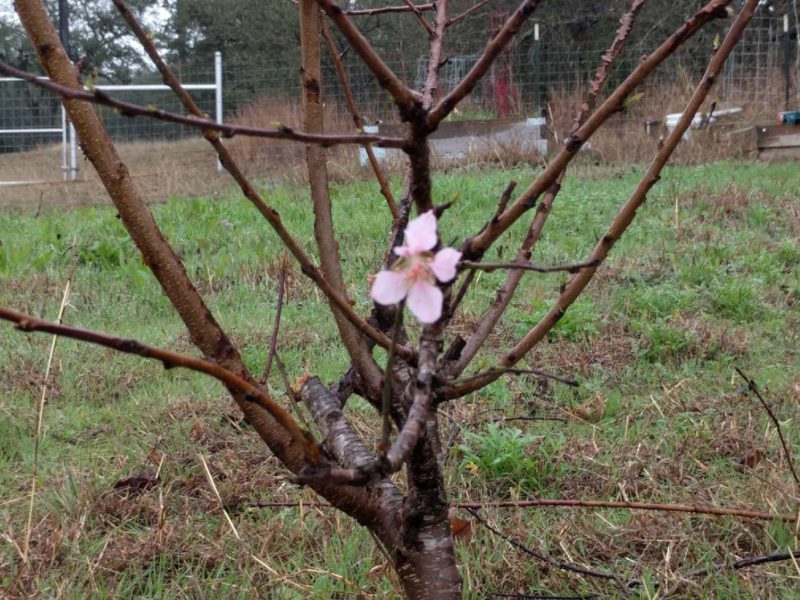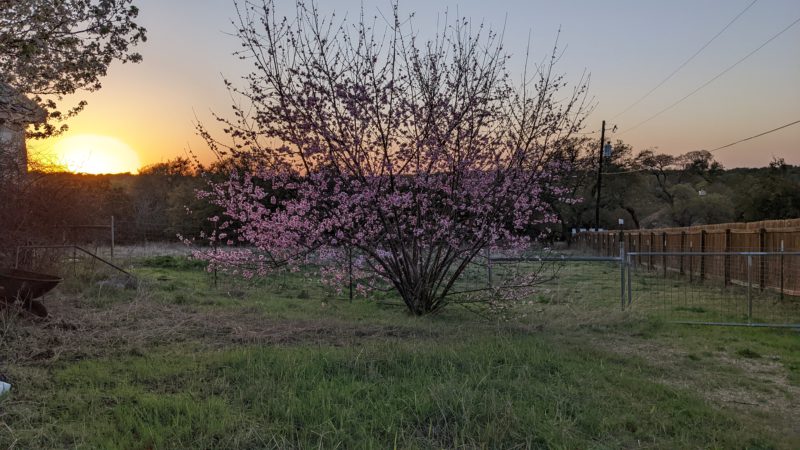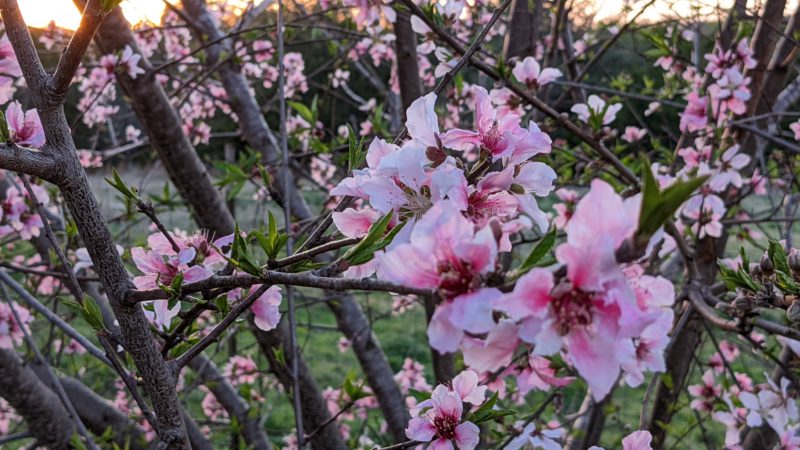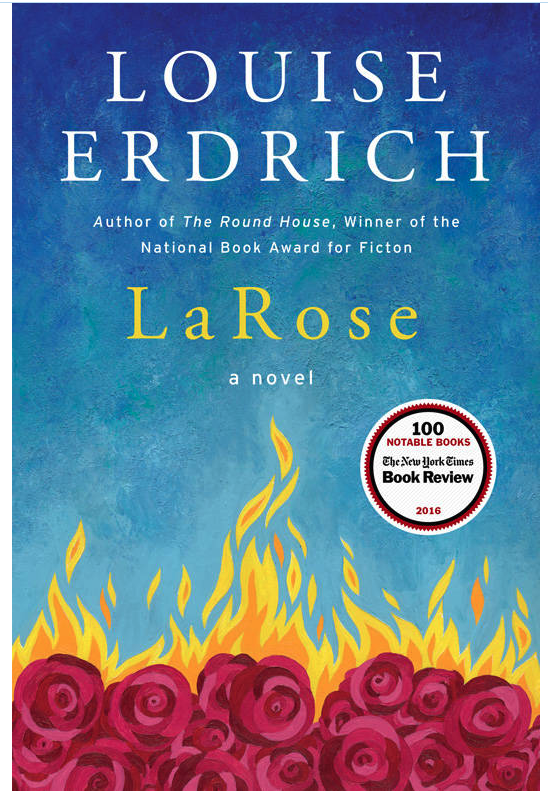The Peach Tree, Over TimeI made a video about landscaping with native plants
I recently joined the Native Plant Society of Texas, and was pleased to receive an email about their annual video contest. My first thought was that it would be a great thing to work on with my kids — what a great bonding experience. Well, it became clear in not-too-long that this project was MUCH more important to me than it was to them. I did manage to wangle a bit of help, especially when it came to ideation. I also made a companion website (as you do) because there’s so much to say about native plant landscaping (aka wildscaping) that it couldn’t possibly be covered in 5 minutes (the max length for the contest). Anyway, I’m told I can share as much as I want even though contest judging doesn’t conclude until October. So, here you go… Big thanks to Kelly Simon of Texas Parks & Wildlife, who I interviewed for the video, and with whom I enjoyed “nerding out” very very much. • View comments • Track comments •
Quarantine Hobbies: Birdwatching
 It seems like every time I get interested in something new (like quilting), I start to do research only to find I’m the million-and-first person to think about taking up the hobby during the pandemic. Apparently, birdwatching, aka birding, is so hot right now. Aside: I can’t think of birding without conjuring the image of Walter Berglund in Jonathan Franzen’s “Freedom,” which is a fantastic read if you haven’t come across it before. (Note: this post contains affiliate links, so if you happen to purchase something, I’ll get a couple of pennies.) But I won’t let the whims of the crowd dissuade me from a new pursuit. It makes me feel like a bit of a bandwagon-er, but who’s to say this isn’t my next big hobby? I even became a “friend” of our local National Wildlife Refuge. Woo, hoo!  Besides this fabulous move, I also wangled a couple of “investments” for Christmas gifts, including a spotting scope, a cameraphone adapter and the Audubon Field Guide to Birds, Eastern Region. When we lived in CA, we picked up the Western Region book, not realizing that it would be completely useless to us on this side of the Rockies. Live and learn! We’ve had a bird feeder up for years, and I’ve come to know some of our visitors, or at least I thought I had. Northern Red Cardinals, both male and female, make frequent appearances, along with sparrows, Carolina Chickadees and Black Tufted Titmice. Previously, I’d see (more accurate: hear) Mourning Doves. And who can forget Wile E. Coyote’s perennial prey?  But I’d never heard of the species that came up when I put one of my first photos into the Merlin bird identification app. It was a Pine Siskin (see below). Not rare or anything, just a new bird for me. I love it. That’s what it’s all about for me — learning, growing and keeping my mind sharp as I grow older.  Do you watch birds? What’s your rarest sighting? • View comments • Track comments •
Quarantine Hobbies: Sewing/Quilting
Like many (if the news/feature stories I’m reading are any indication), I’ve taken up a new hobby to soothe my troubled soul during this pandemic. I’ve had a sewing machine for a few Christmases now but hadn’t progressed all that much in my learning — or so I thought. I guess over the years I’ve managed to learn something, because when I decided to try my hand at quilting recently I actually remembered a few things — like how to wind a bobbin (and what a bobbin even is), how to thread a needle, how to replace a presser foot, how to raise and lower the needle, etc. Yes, these are the absolute basics, but when I first started the machine would “beep” at me all the time for one reason or another. Or I’d sew a lovely long stretch of fabric only to find that my bobbin was empty or my needle unthreaded. So frustrating! At least now I’ve developed a fair measure of competence (and confidence).  My first quilting project was a mini-quilt from Wren Collective — just the upper left-hand (“L”) log-cabin-style corner of a sampler quilt. What I learned is that quilting requires a certain amount of patience and precision, not to mention some math (geometry + arithmetic) skills. I’m not sure I have these in the needed quantities to be a successful and happy quilter, but I’m not giving up yet. What’s caught my eye is what I’ve learned is called “modern” quilting, which the Modern Quilt Guild defines as functional, but with elements of modern style: “These include, but are not limited to: the use of bold colors and prints, high contrast and graphic areas of solid color, improvisational piecing, minimalism, expansive negative space, and alternate grid work. ‘Modern traditionalism’ or the updating of classic quilt designs is also often seen in modern quilting.” These aren’t your grandmother’s quilts. I’ve also learned that “quilting” actually refers only to the part of the project that happens at the end — when you put together backing, batting (called “wadding” by Brits) and the front of the quilt (often pieced/patched together) and sew together the “quilt sandwich.” The artistry there is in creating a compelling, interesting texture, which really appeals to me — though it’s super super difficult for me right now. My initial quilt (above) was just done very basically with straight lines and quilting along the patchwork borders, but I’ve since begun using it as a practice piece for more involved stitching using a walking foot and even free motion quilting.  So, quilting combines a lot of different elements — that mathematical piece, the color/fabric/pattern choices, overall quilt design, the hands-on cutting and sewing part of things, and, eventually, the quilting. Each seems to engage a different part of my mind, which I find both appealing and therapeutic. I think it’s enough (along with sewing, which is a subject for another post) to keep me busy for a while. • View comments • Track comments •
Lists of skills to pass on to the next generation
As my kids reach their teens and their time to fly the nest gets closer, I’ve been giving some thought to what I still need to teach them before they tackle the challenges of what’s now called “adulting.” This came to mind because I’m currently reading LaRose: A Novel by Louise Erdrich and, at one point, the title character (who holds the name in modern times, anyway) is described thusly:
Guess how old the kid is at this time in the story? He’s seven. I’m feeling a bit behind in my parenting. This reminds me of my “skills for the zombie apocalypse” list from long long ago.
• View comments • Track comments •
More Recent Articles |
